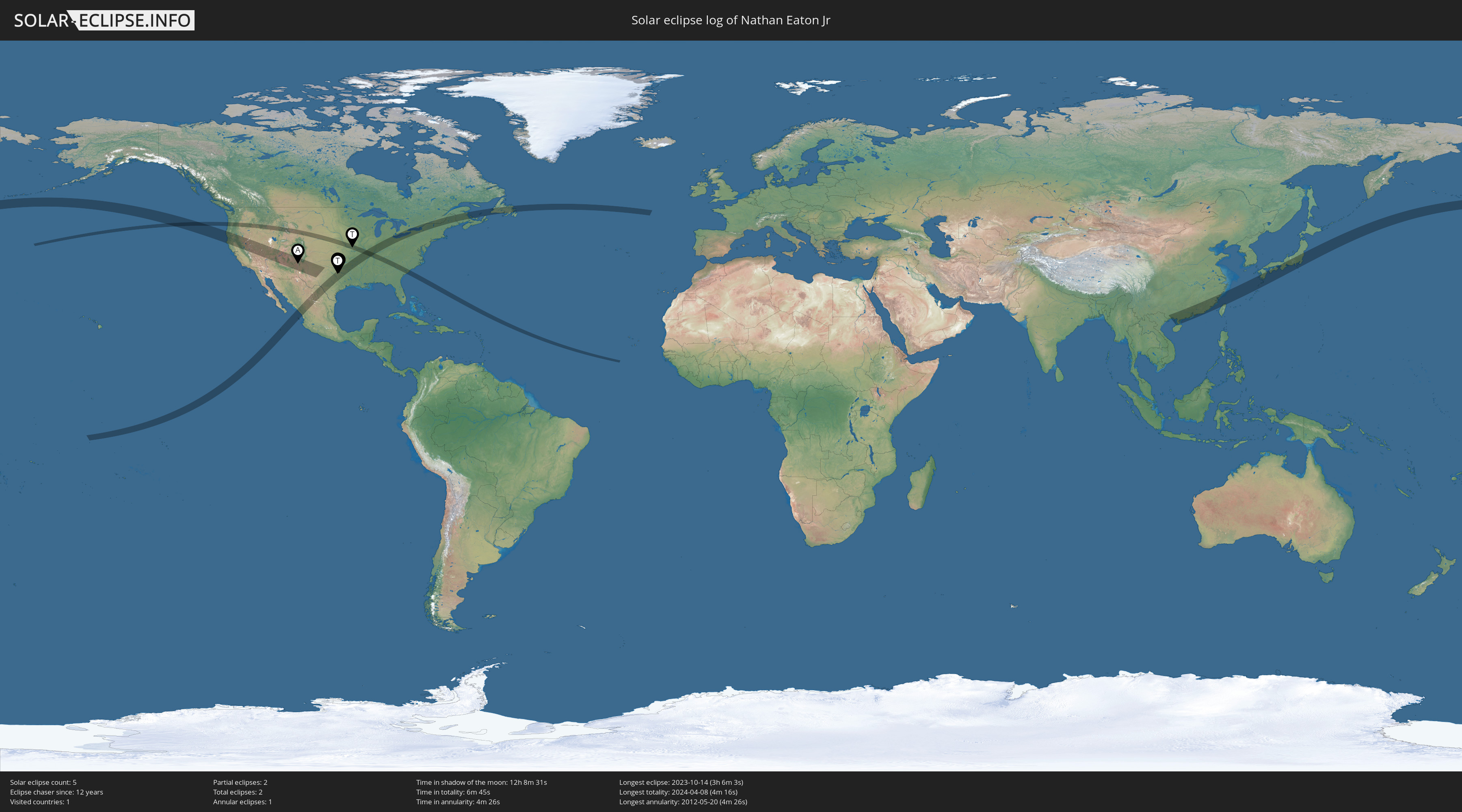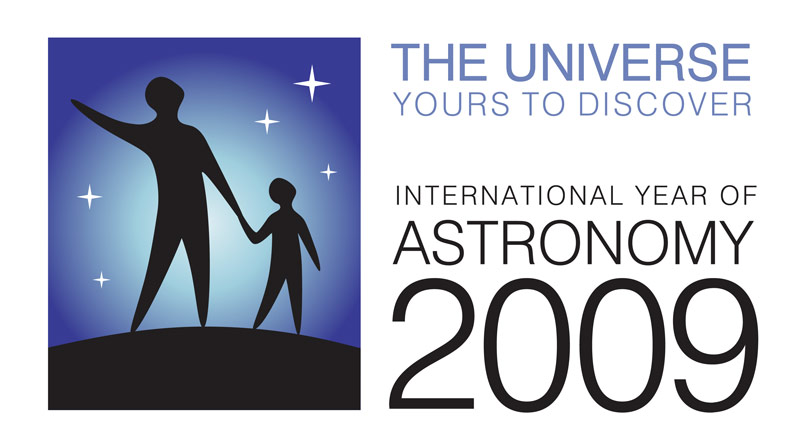As I shared in an earlier post, one of the many projects I planned for the total solar eclipse involved doing data collection with a variety of sensors based on ESP32 microcontrollers. I haven't done any detailed analysis of the results yet but based on a quick review of some of the sensor data there are clear changes that are in line with what I expected.
First up is the ambient air temperature measured with a BME280 sensor for temperature, relative humidity and air pressure.
The air temperature certainly dropped which makes sense given the gradual and then sudden drop in UV sunlight. Interestingly, the drop lagged the eclipse by about 15 minutes with totality starting at 1:40pm local time and the lowest temperature being reached at about 1:55pm. The higher temperature in towards the end of the eclipse makes a little sense given before totality had been mostly cloudy and after totality was mostly clear. I am not yet sure what explains the dip at 2:55 or the temperature reaching over 110 at the end of the eclipse. It wasn't that hot where we were so I have some research to do.
For air pressure, it appears there was a general trend down. Obviously, air pressure changes are related to broader atmospheric conditions. I suspect I needed to have data from a much longer period before and after the eclipse to have any chance of seeing any form of correlation.
As relative humidity generally has an inverse relationship to temperature (though it can be influenced by other factors), these results are what I would have expected.
Next up is light level measurements. I used two sensors, an AS7341 color spectrum sensor and a TSL2591, a light level sensor. The AS7341 data will take more analysis to make sense of though it does show light levels in all frequencies it measures dropped to nearly zero during totality. The light levels in lux from the TSL2591 are pretty easy to understand.
This completely aligns with totality which in the location in Ellis County, Texas, where we were started at 1:40pm and ended 4 minutes 16 seconds later. The left side of the graph makes sense as it was mostly overcast with the Sun occasionally poking through in the period prior to totality, hence the graph peaks and valleys before 1:40pm. The right side of the graph also makes sense. It was generally clear for about an hour after totality but with it turning partly cloudy again in the last half hour. Unlike the start of the eclipse, it was mostly clear skies with large clouds blocking the sun here and there.
Although this is all very preliminary, just taking a glance at data results via the Home Assistant UI, these seem very much in line with changes expected during a total solar eclipse. If I find other meaningful results as I get time to do a more detailed analysis, particularly the sound level data and the color spectrum data, I'll post that, too. \
Click on a graph to see them enlarged.
PS.
As I expected, the magnetometer data collected with a QMC5883L doesn't appear to show any magnetic field changes that might correlate to the eclipse. I'll leave that science to the professionals!


























 The journey continues beyond 2009... check it out!
The journey continues beyond 2009... check it out!

No comments:
Post a Comment